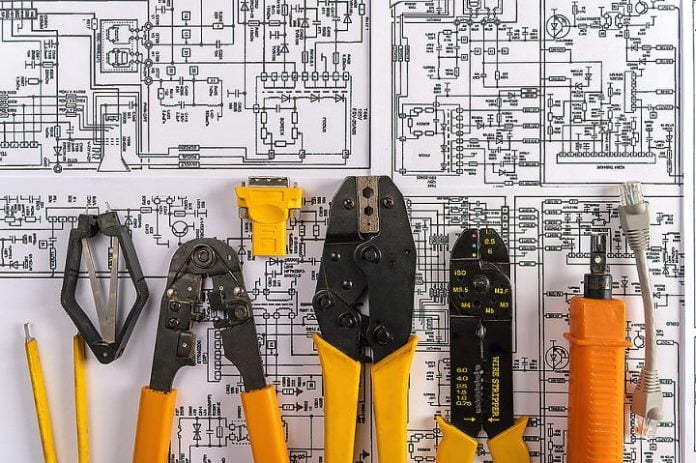Security Schematics Integration Key
♦ Security Schematics Integration Key – Many installers and techs face the challenge of working with electronic security systems that were not supplied with a schematic or whose schematics have been lost at some point in the past.
The answer is to create your own schematic and while this is not as easy as it sounds, you should be able to come up with a reasonably accurate picture of a system’s design. Getting hold of the site’s original blueprints will help – you want to see the network backbone, pits, risers, power outlets, network rooms, etc. This is going to include automated doors, lifts, garage doors and gates.
Once you have a sense of the overall site, the idea is to start by breaking up the security system into modular blocks and creating overlays on a site infrastructure diagram. If this sounds like making light of a complex task, yes, it is. A big help will be getting your hands on a system plan provided by the manufacturer. This will give you a general idea of the way in which the system was designed to be installed.
Another important element of schematic building is walking the system and getting a feel for the challenges and requirements of the original installation crew. Every install is influenced by the location of cable trays, power, entry points, building construction and layout, and a bunch of other elements. With a little experience you can start to second guess an installation with a reasonable degree of accuracy.
Instead of building the system up around the cabling and the central control point at node zero, you can start by figuring out what the system was designed to do and what sort of an installation would be needed in order to meet the original operational parameters. Once you’ve established a broad-brush picture of function, find the controllers and you will get a clear idea of the inputs and outputs they support. A populated controller will give a clear picture of what the system is doing and where. Given that you can’t see a cable plant that may be spread out across a large site, laying out system components and power sources on an overlay will allow you to join the dots. Even a general schematic will make servicing vastly easier.
With big systems incorporating hundreds of doors and thousands of alarm points it’s vital that the project manager develops a columnar zone schedule form recording zone numbers, as well as device type, EOL location and zone response. Part of the zone schedule should include a floor plan of the site with sensing devices, but a complete plan needs to include automation devices, cameras and much more.
#SEN #SENnews #security #electronics












